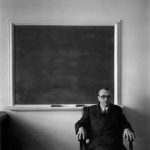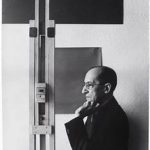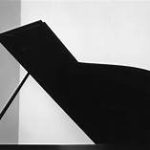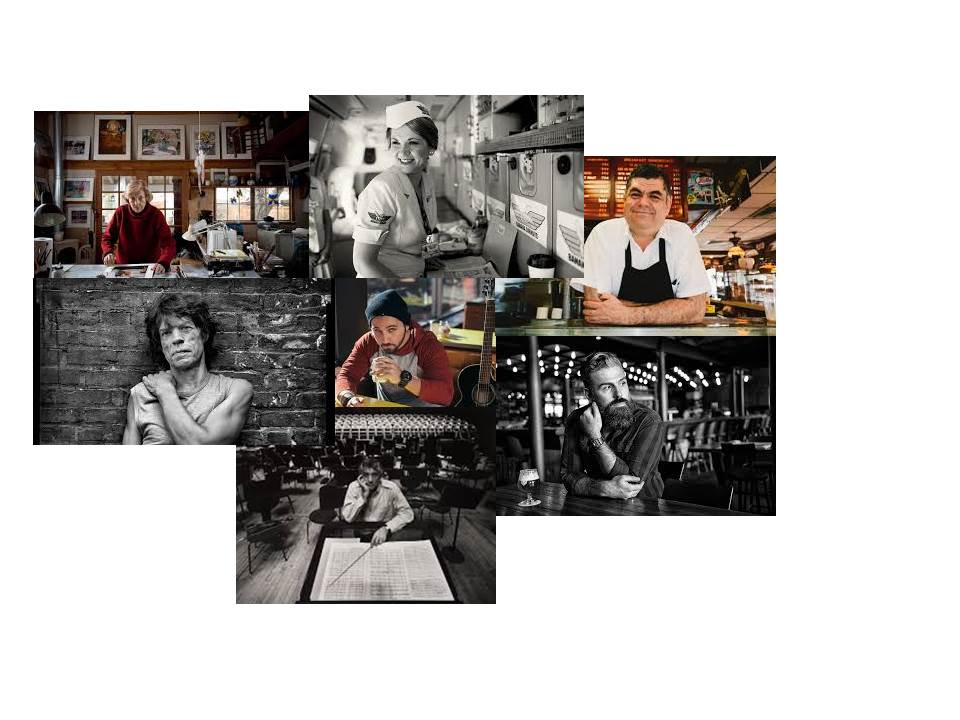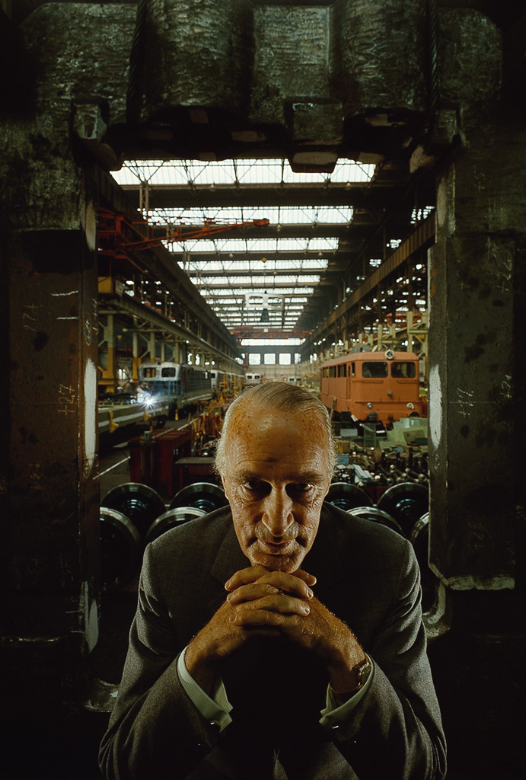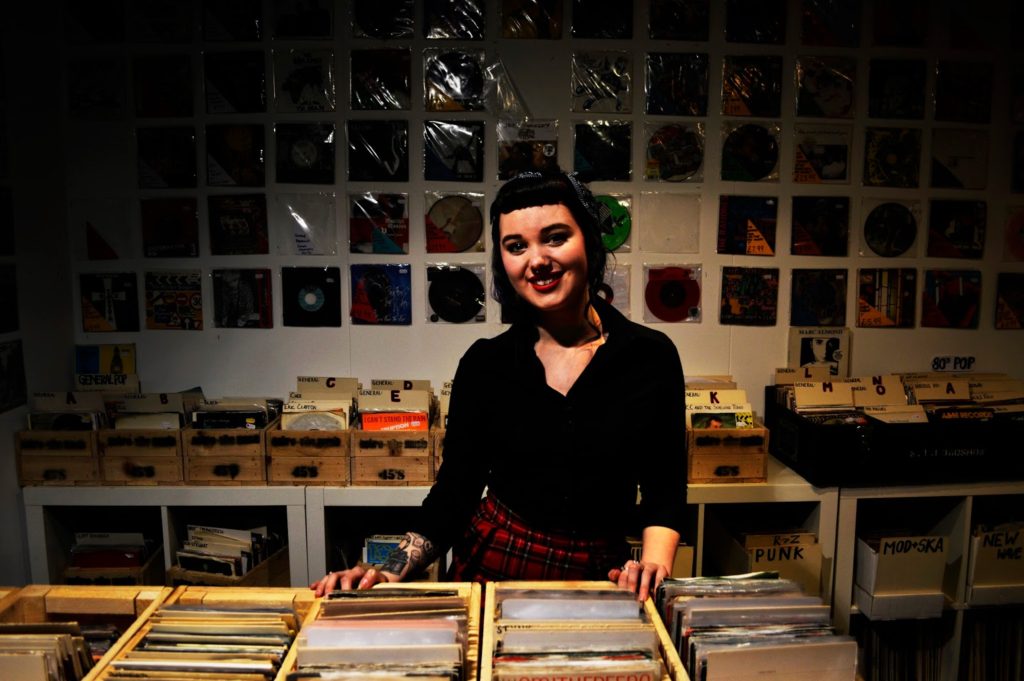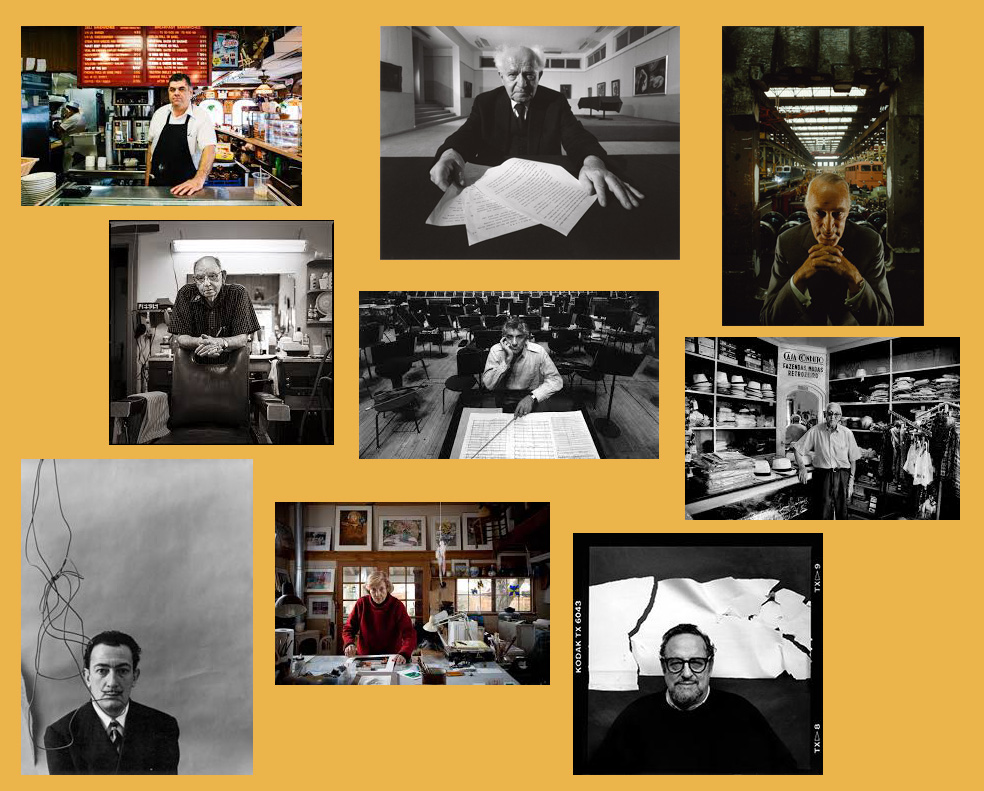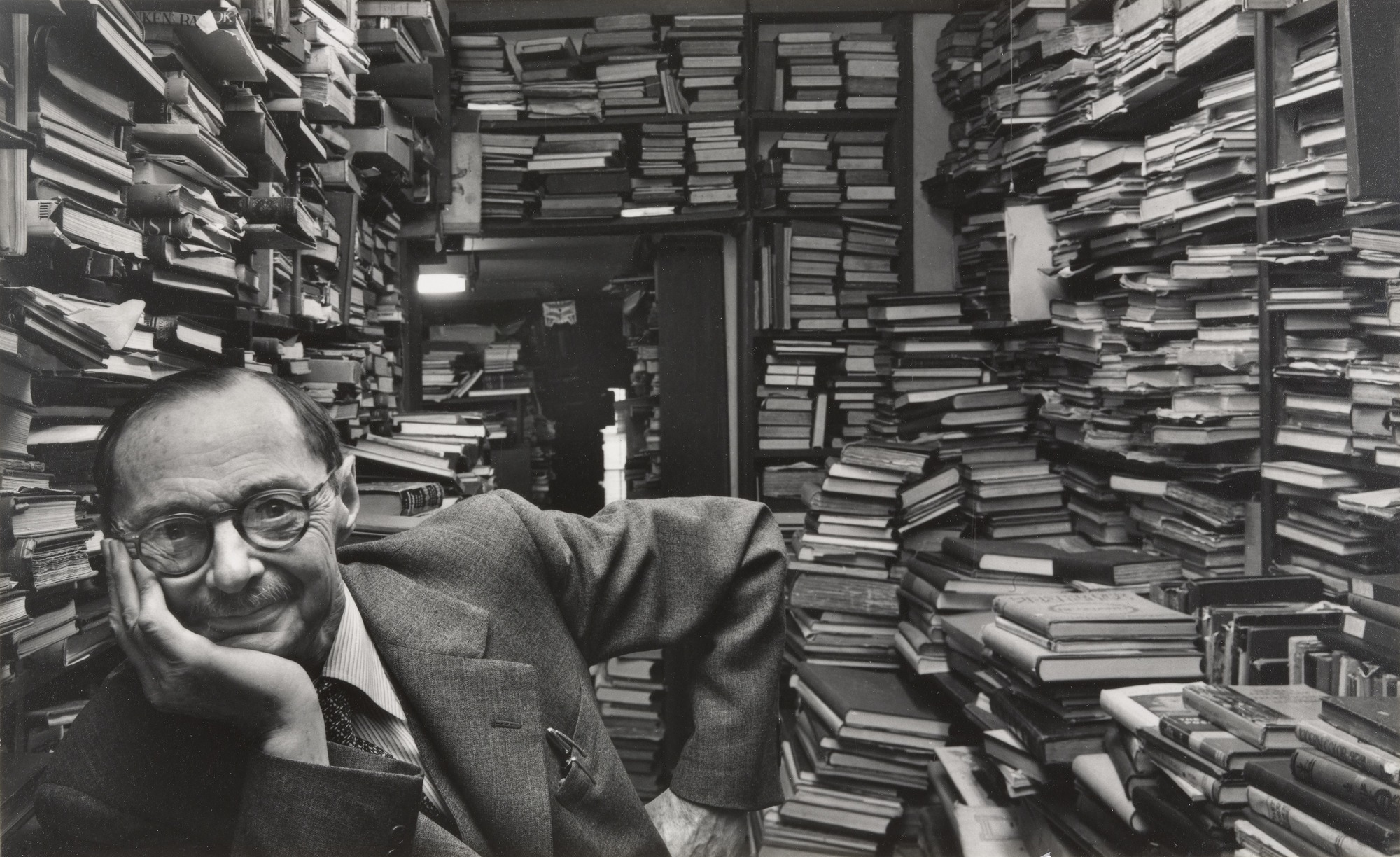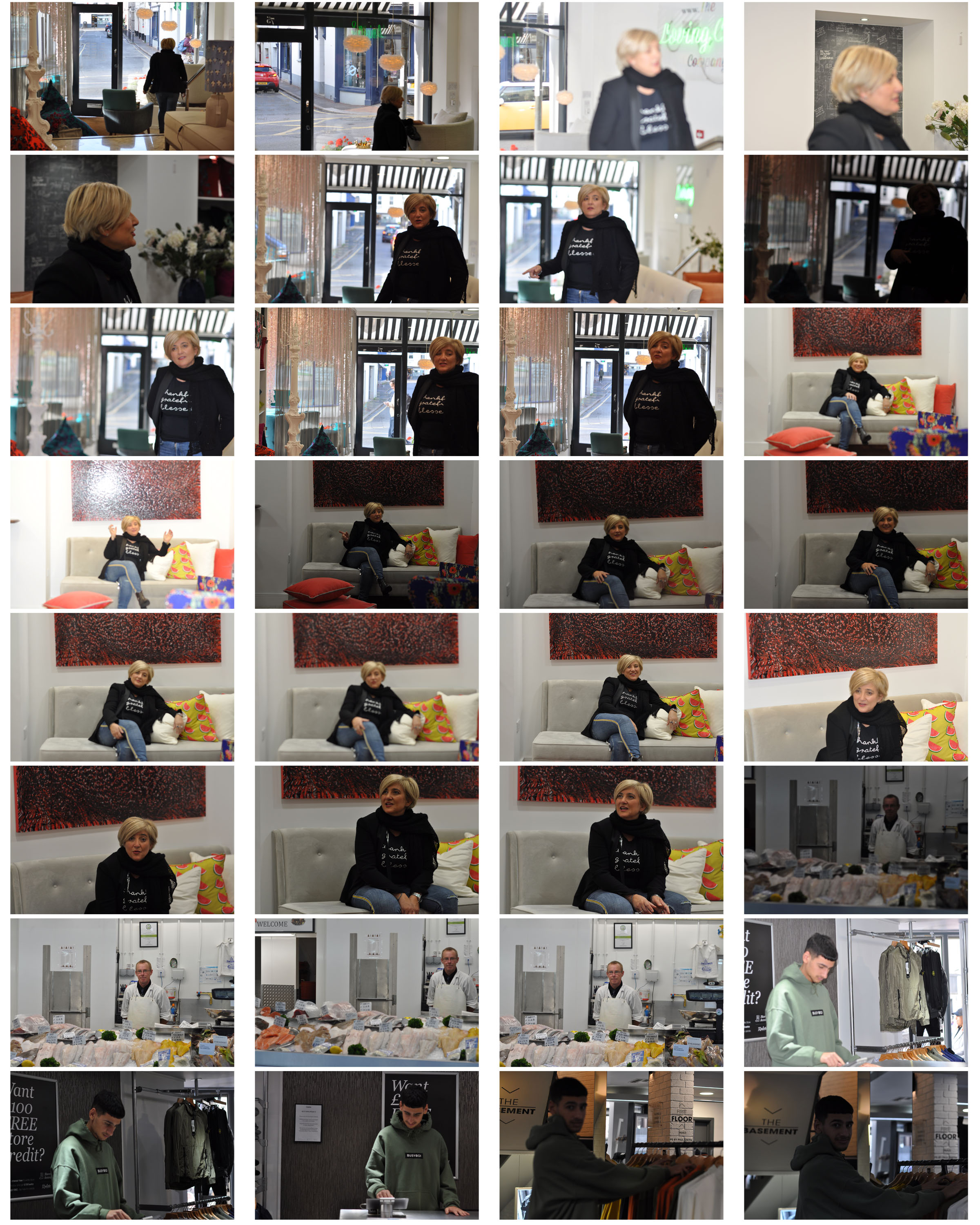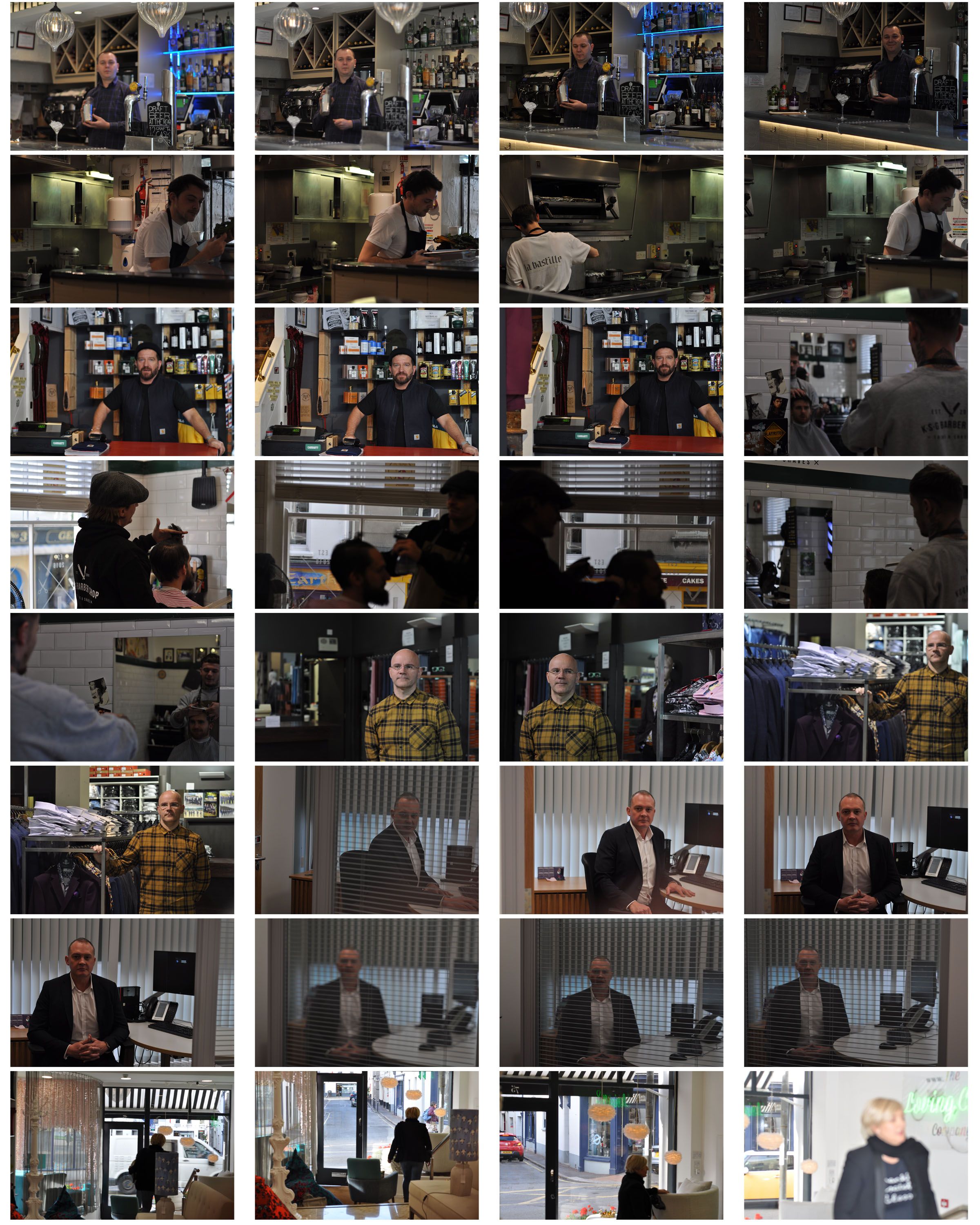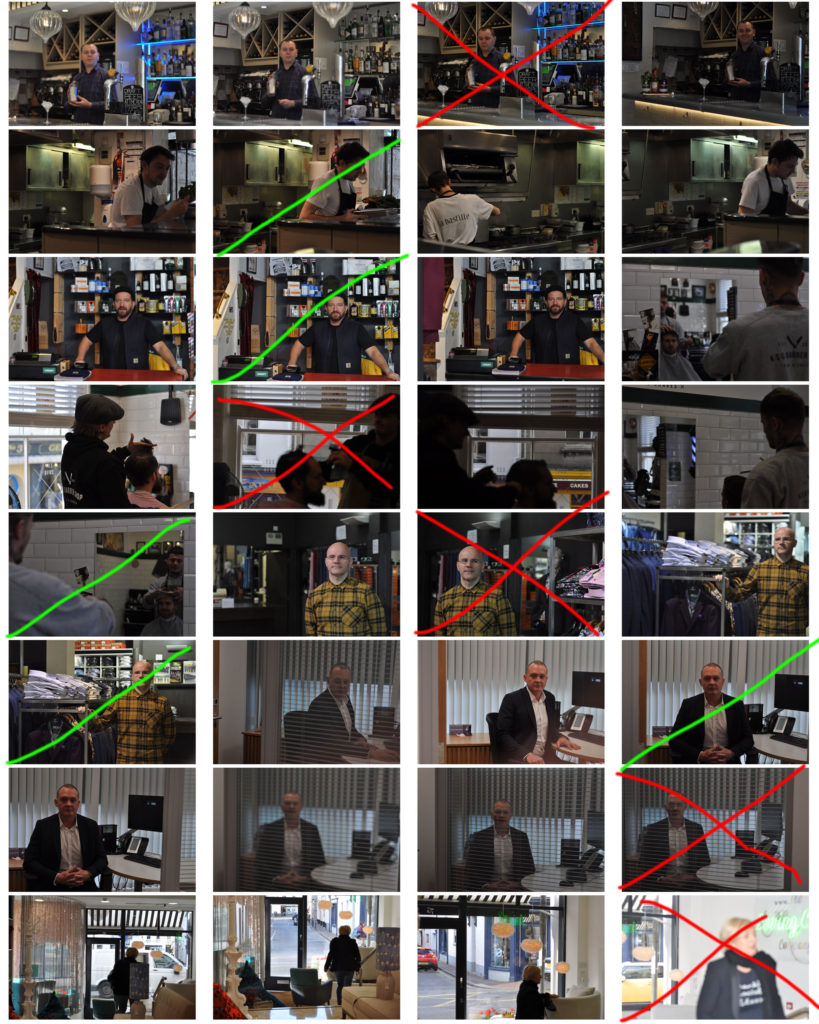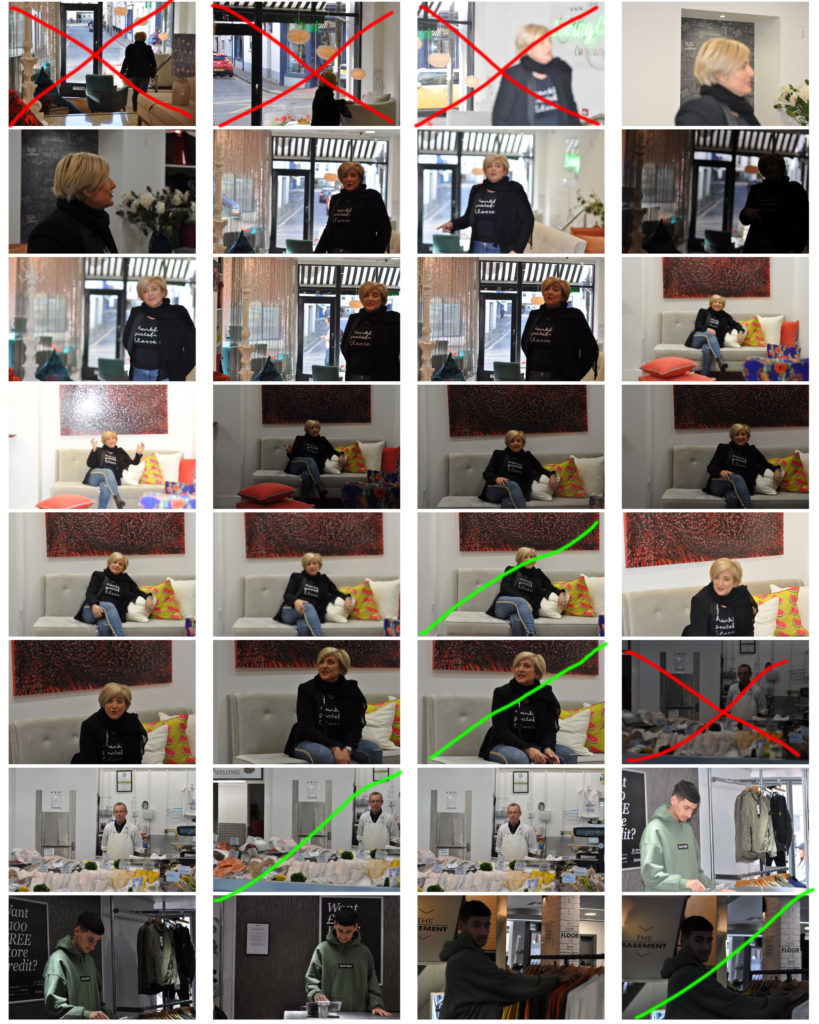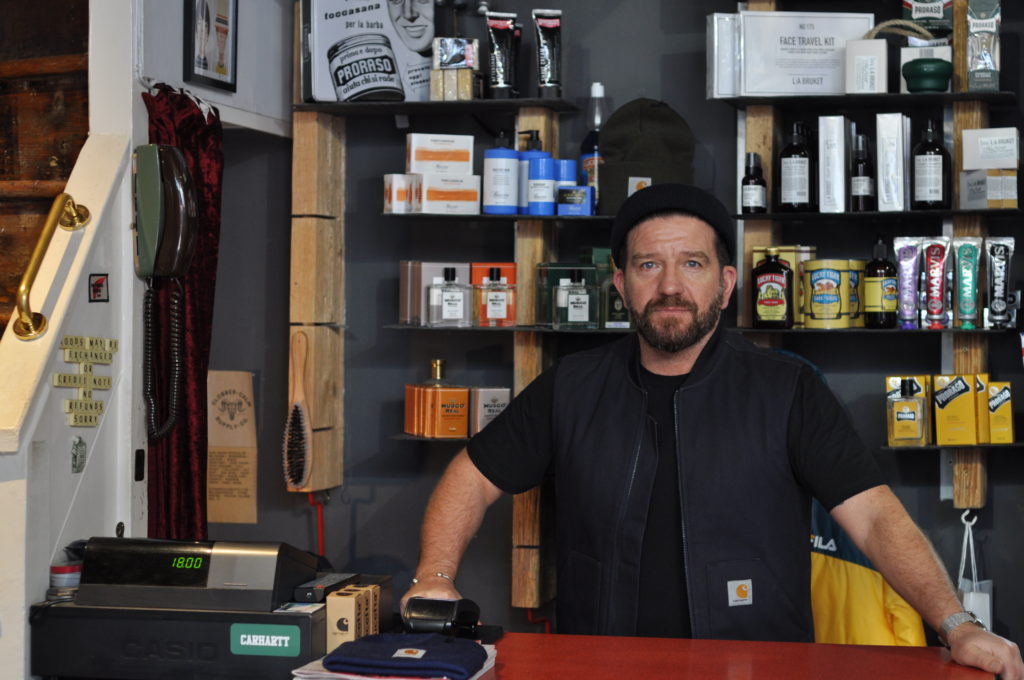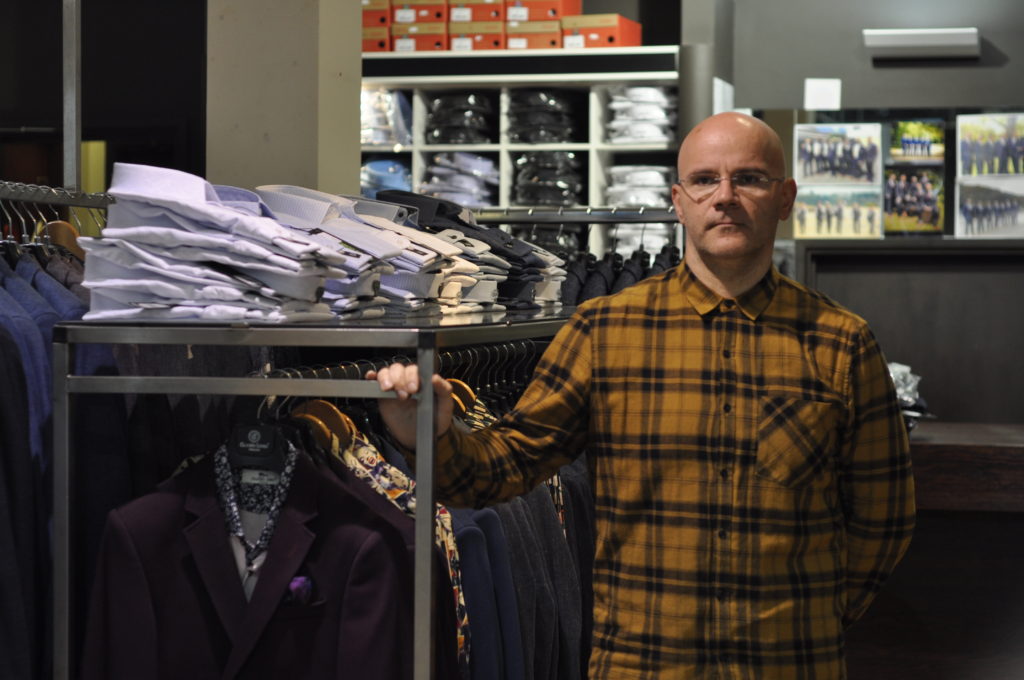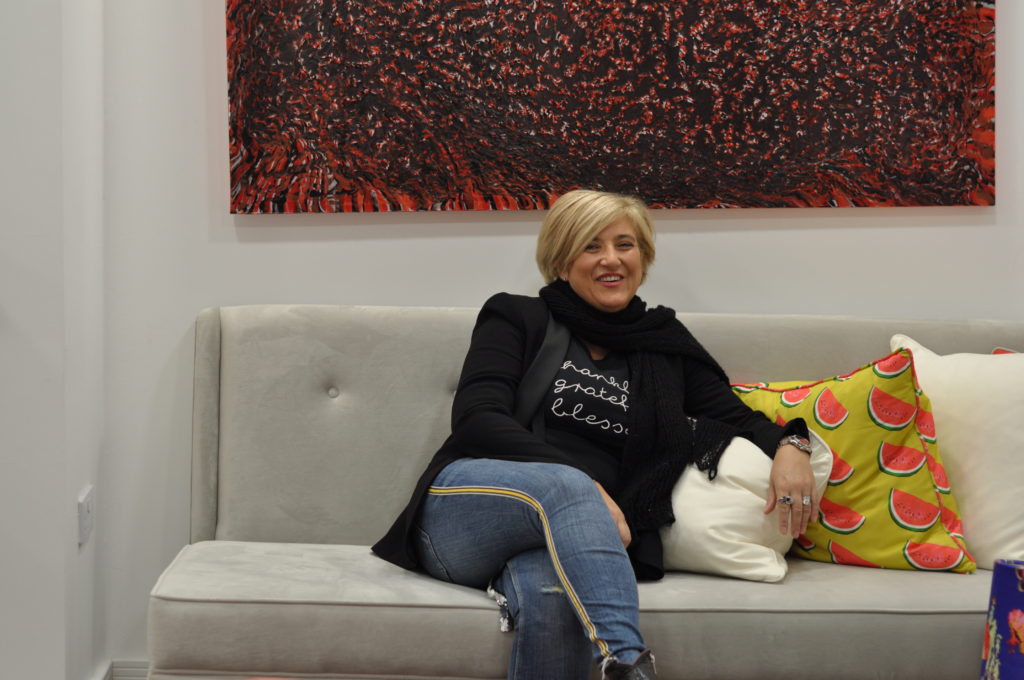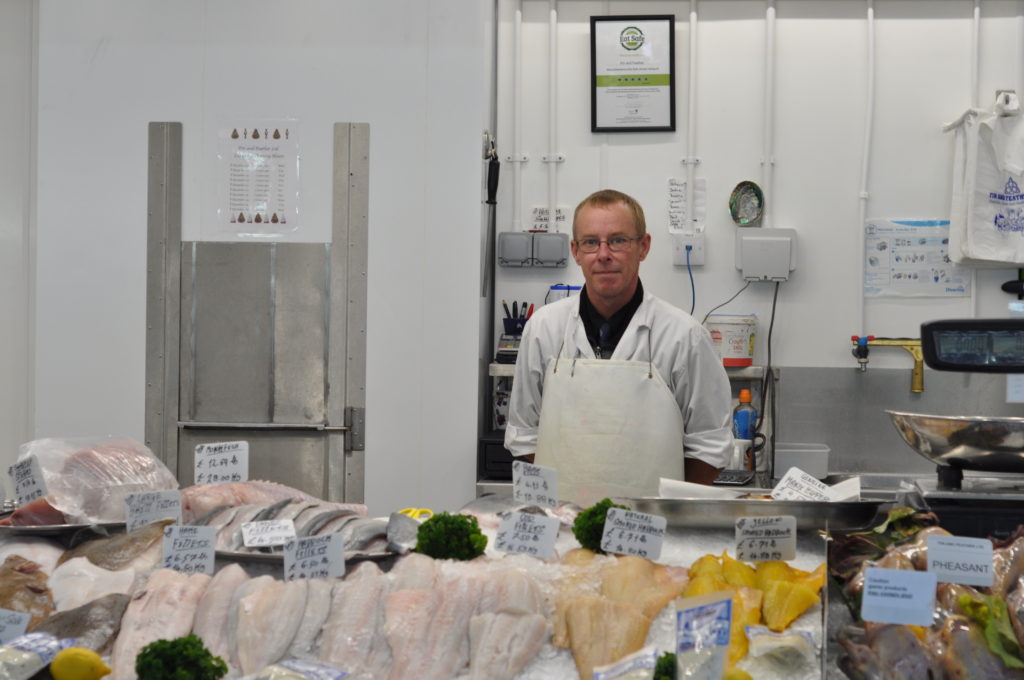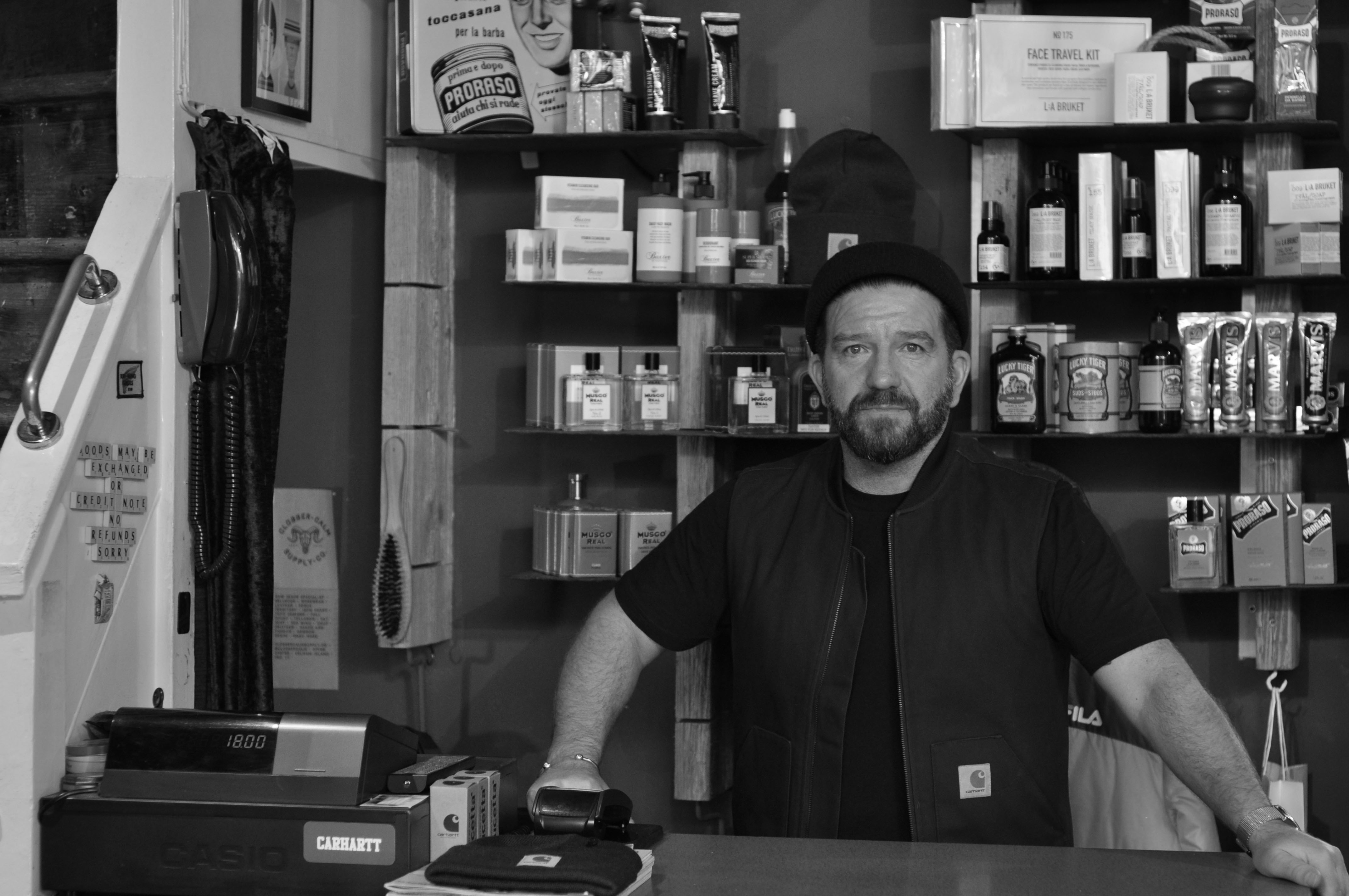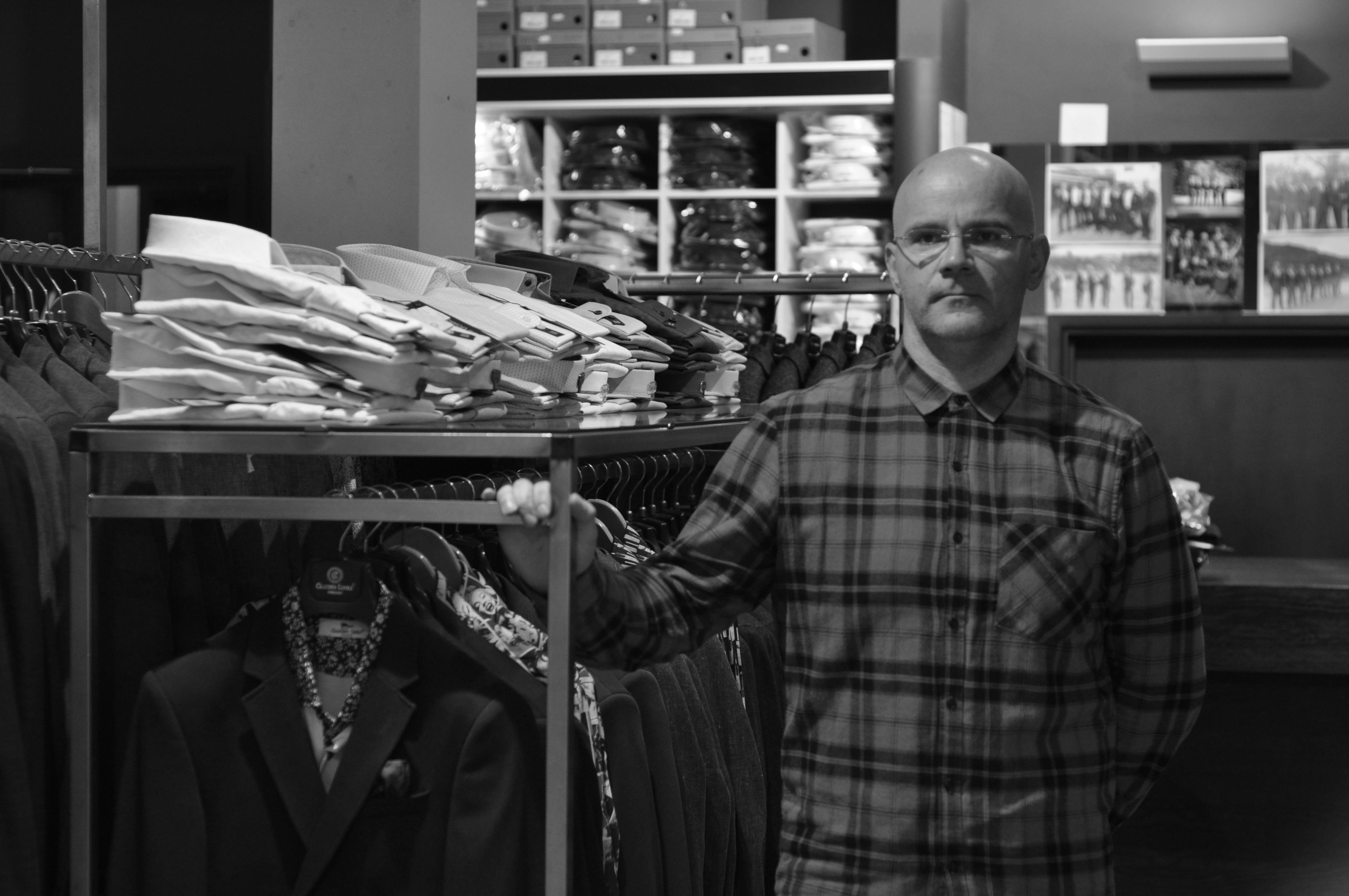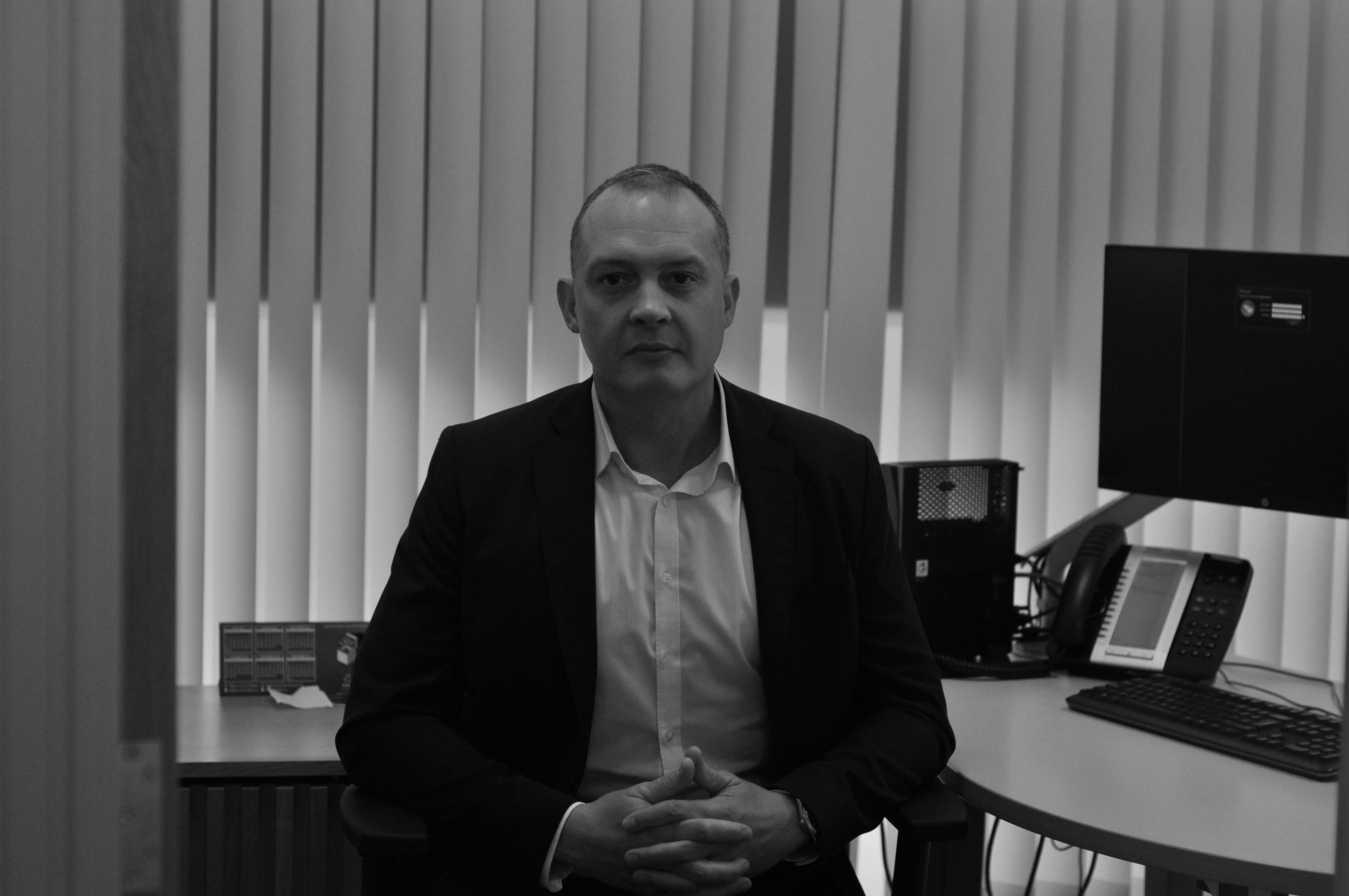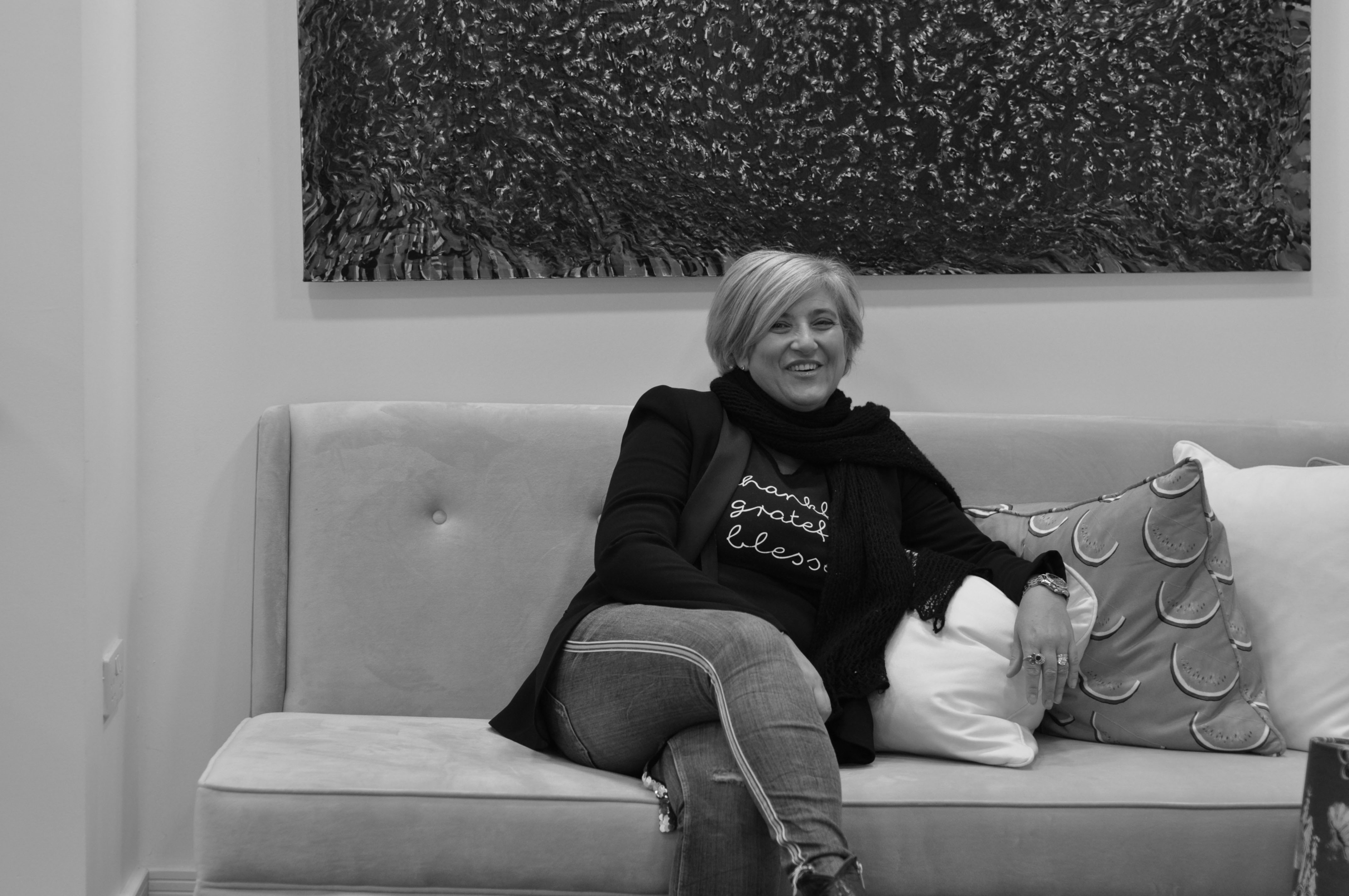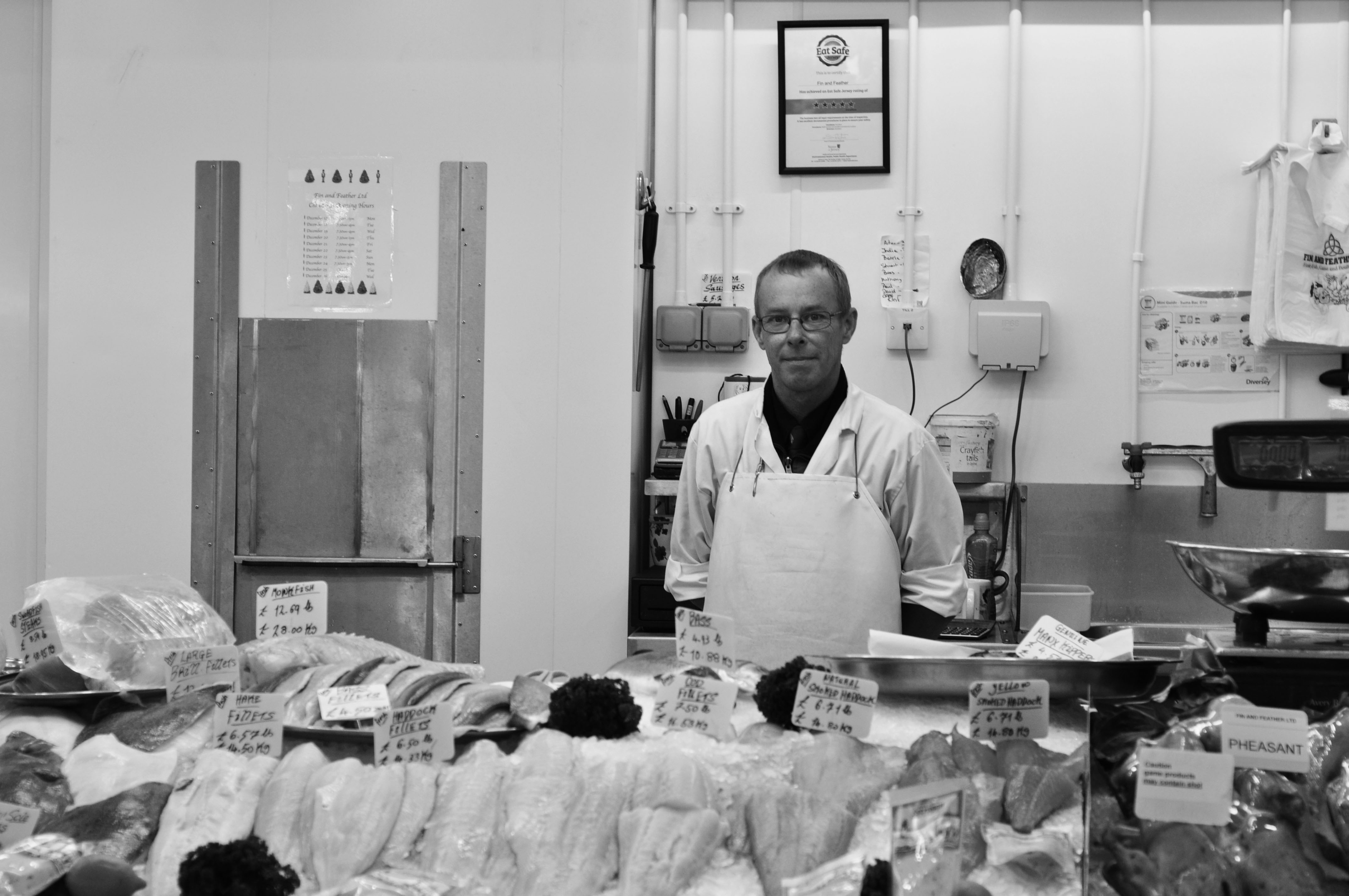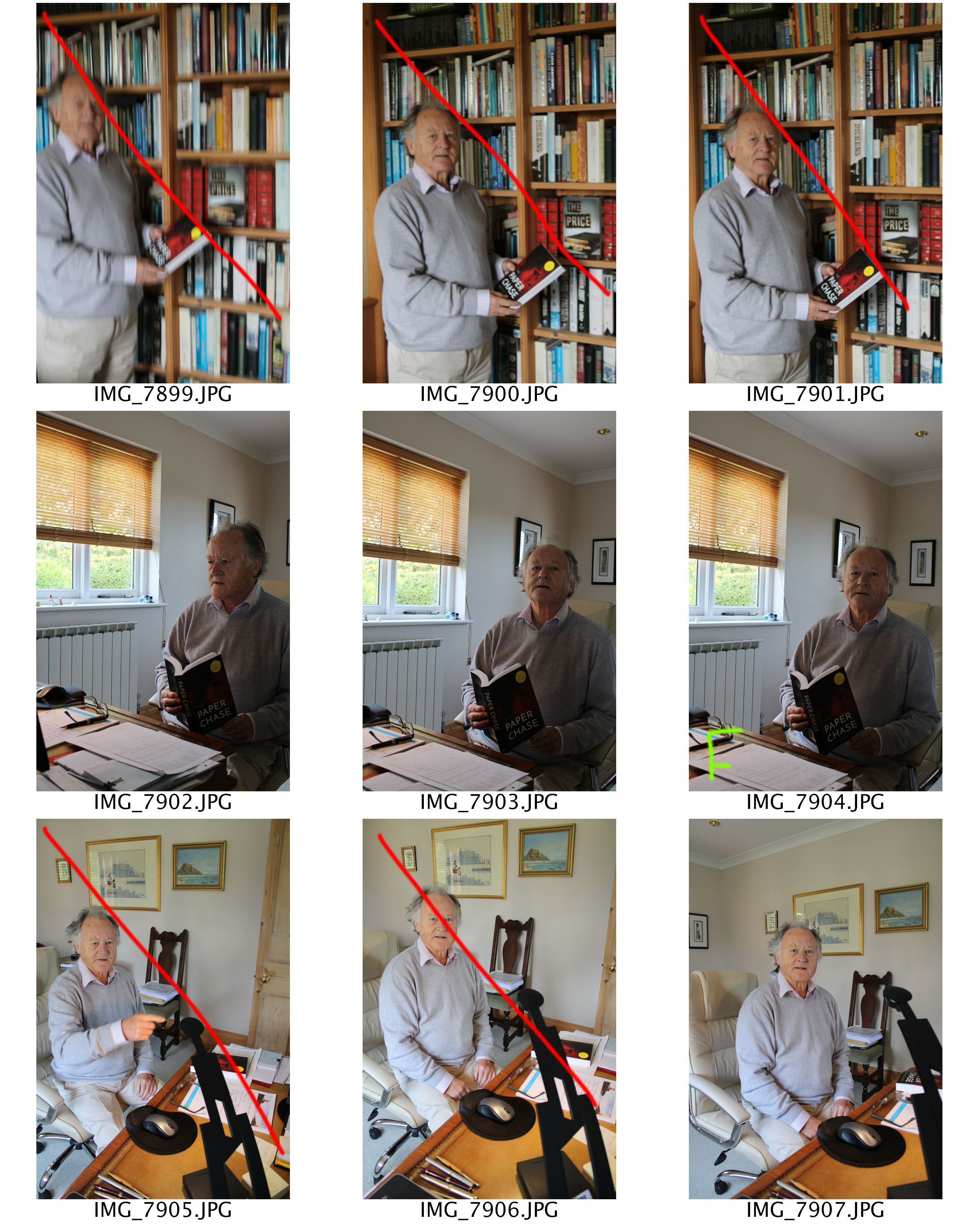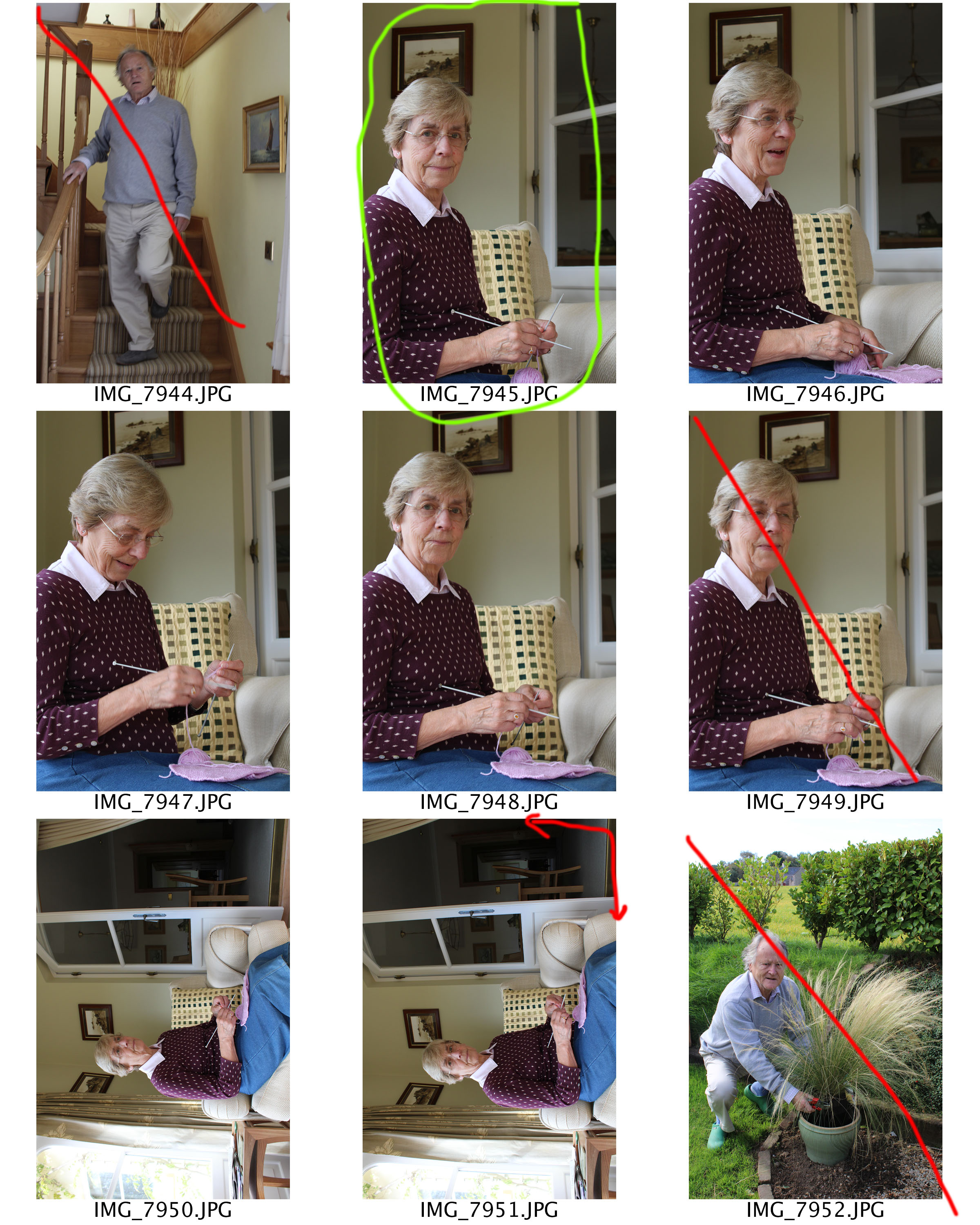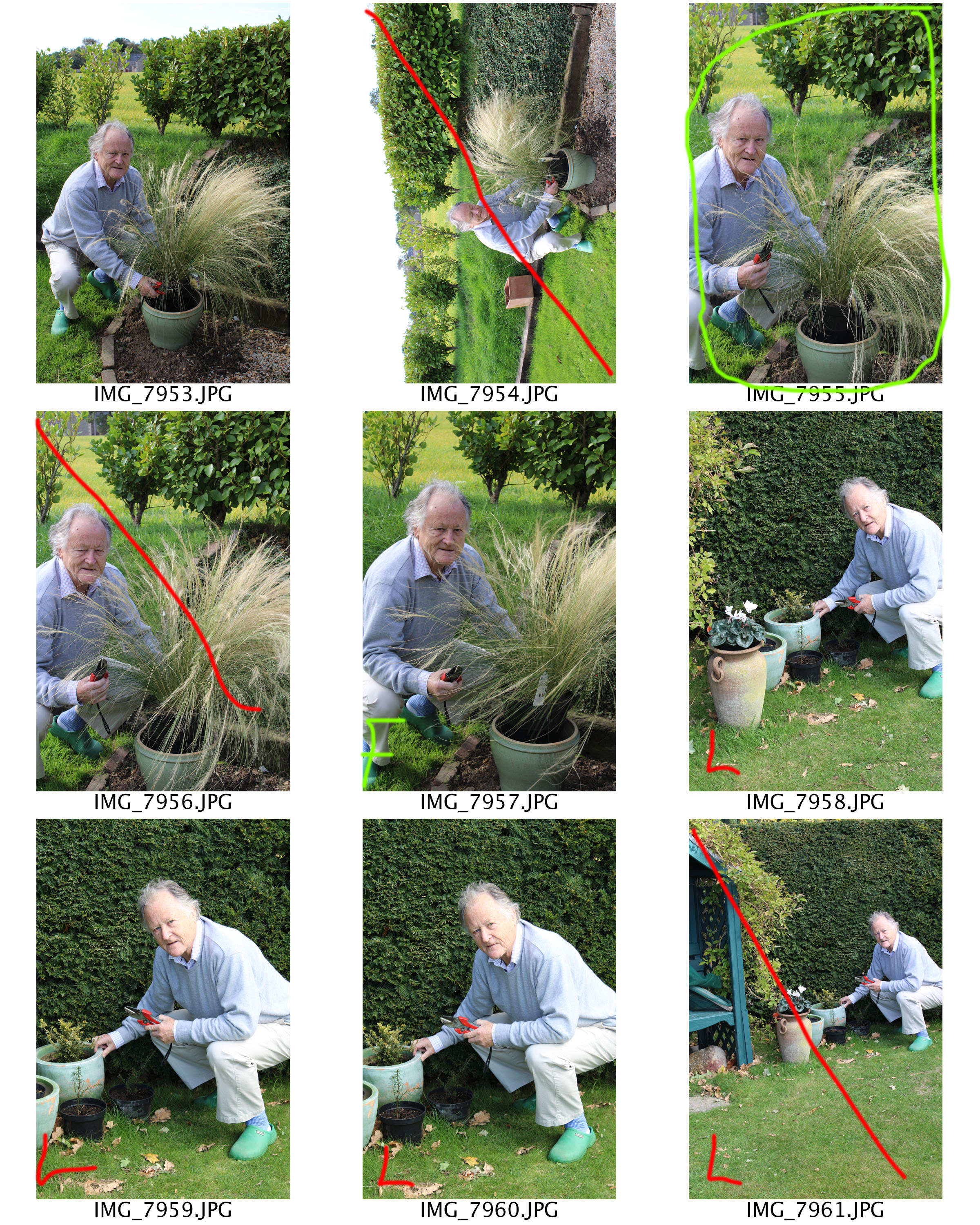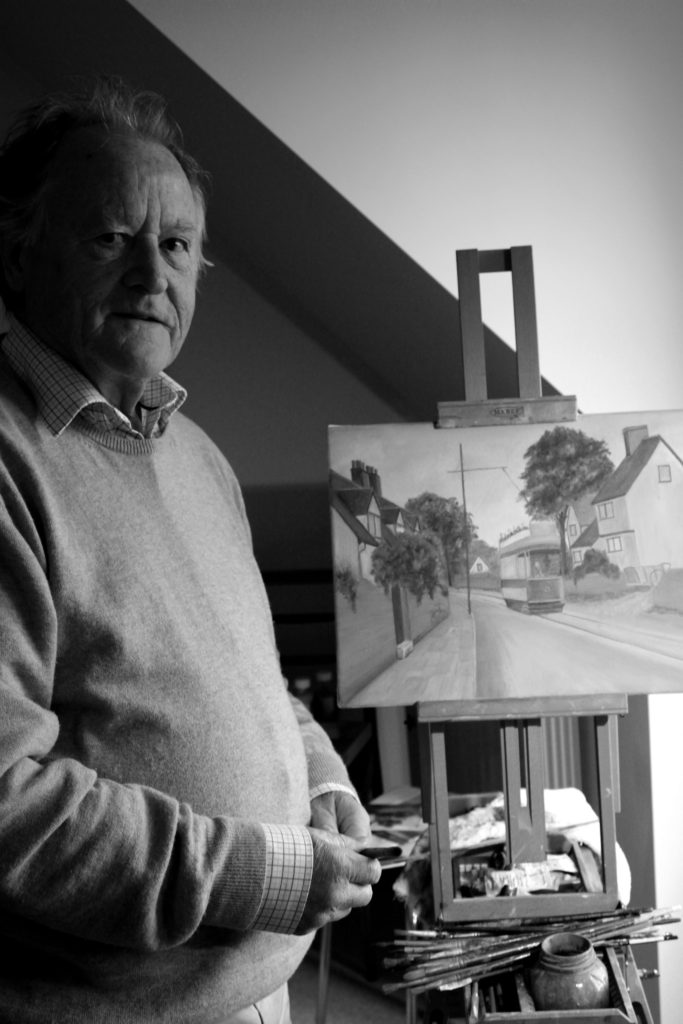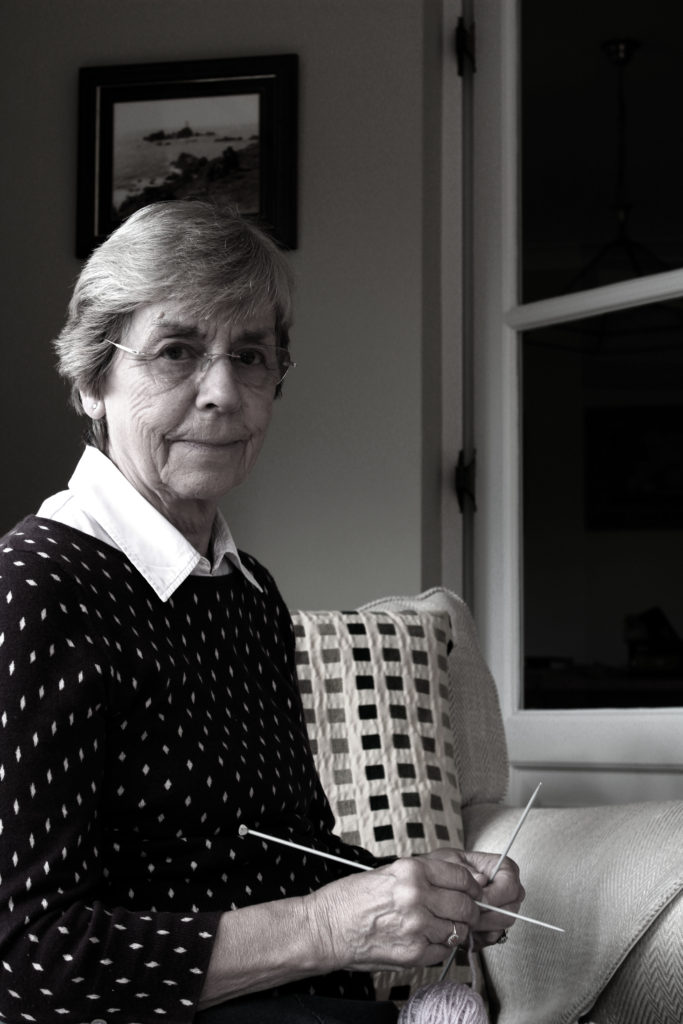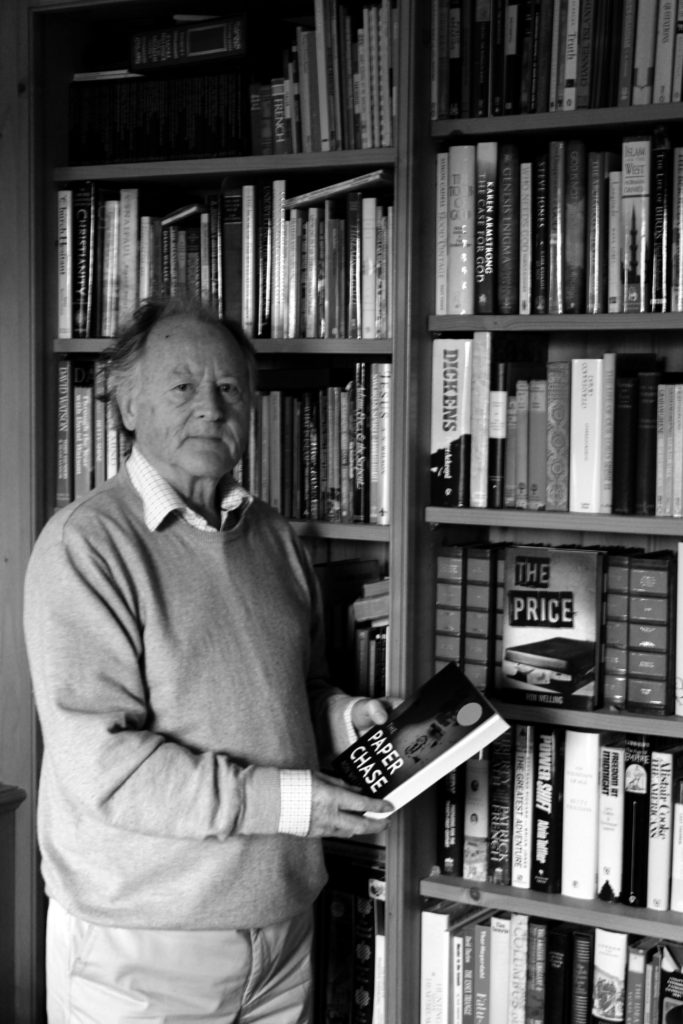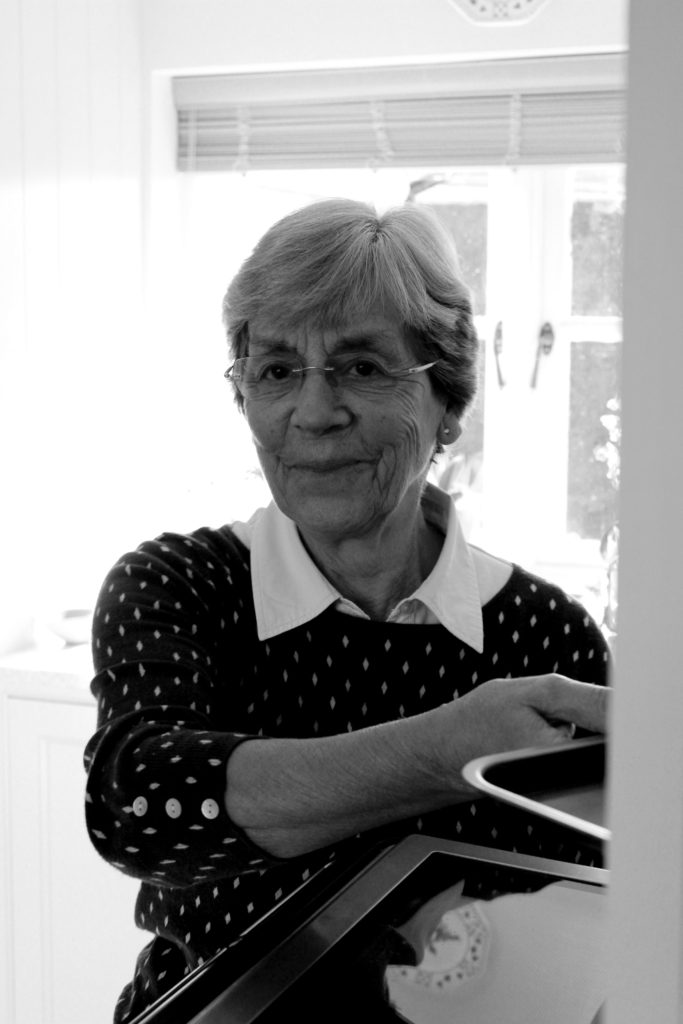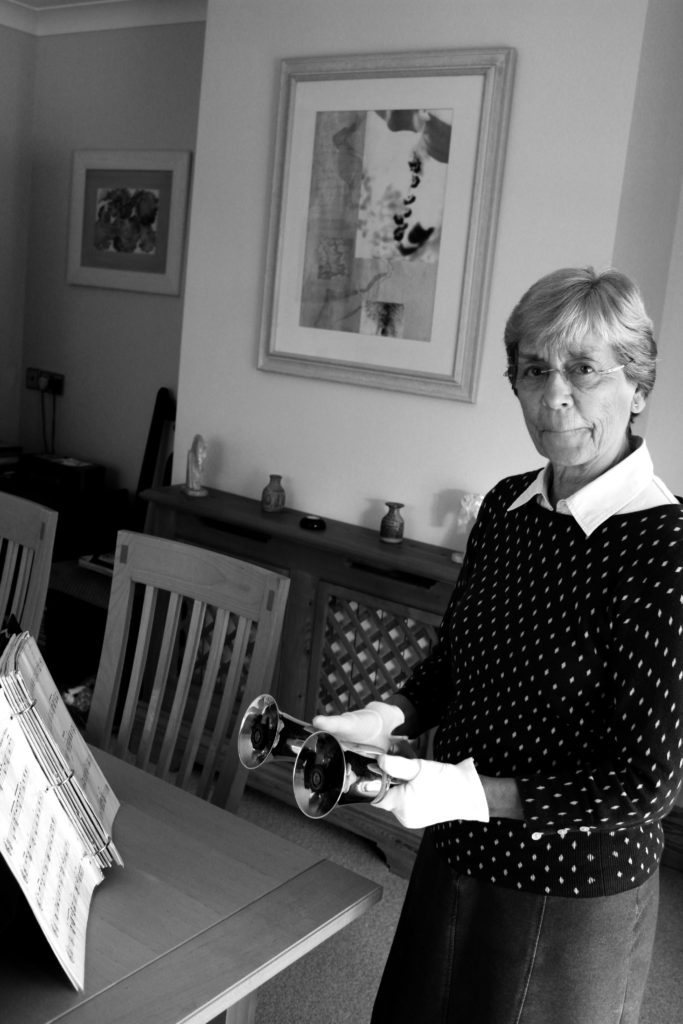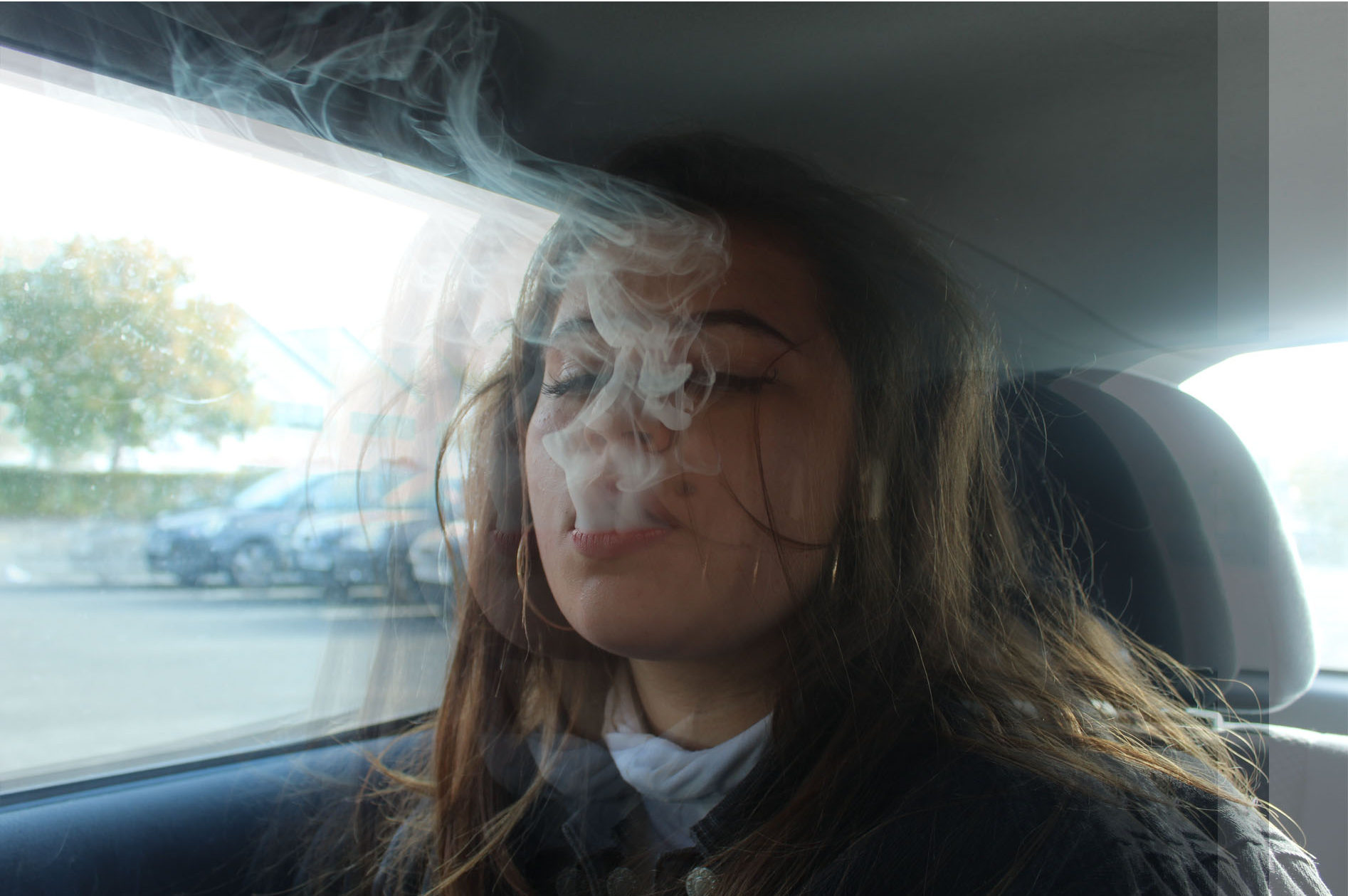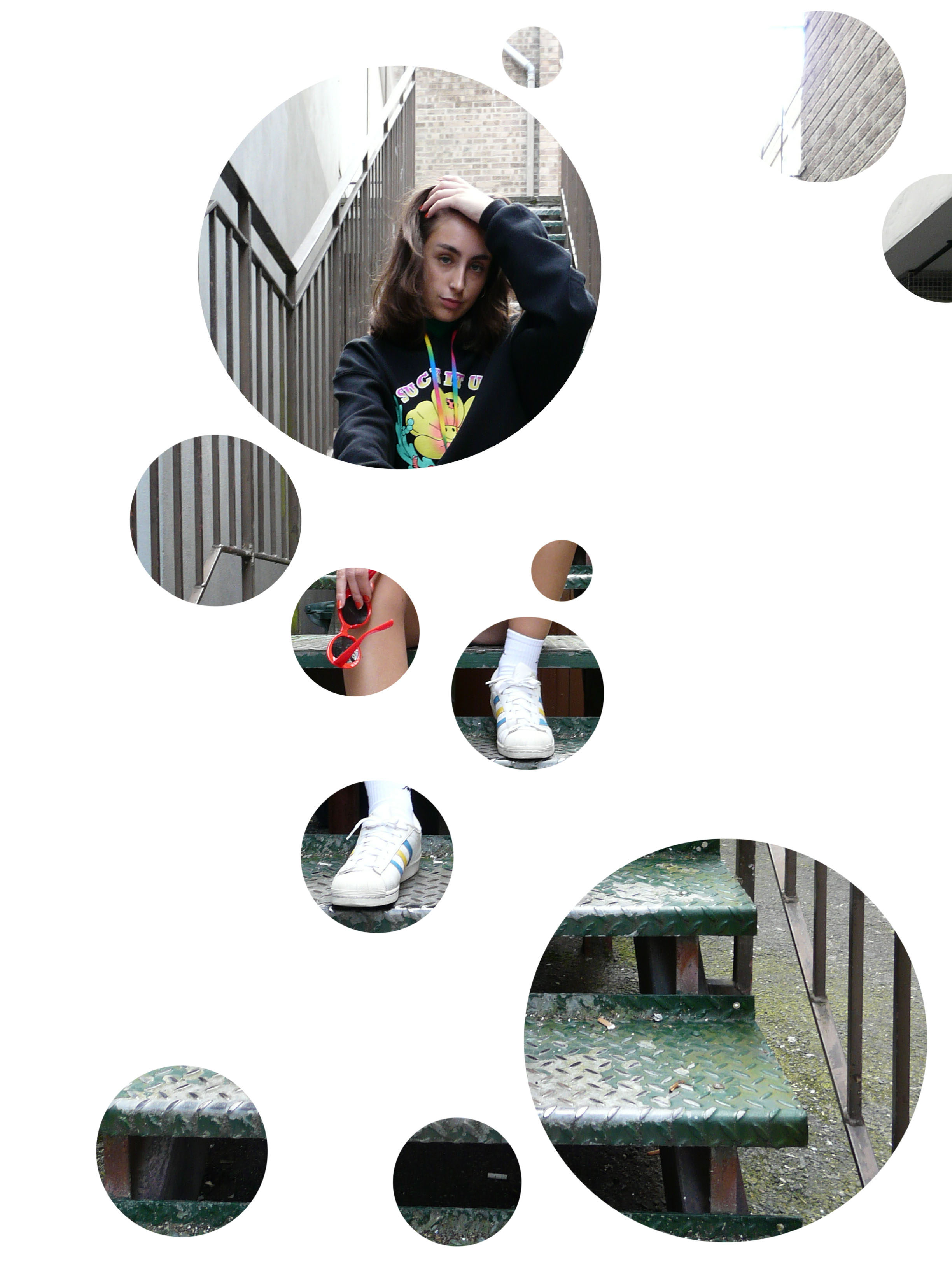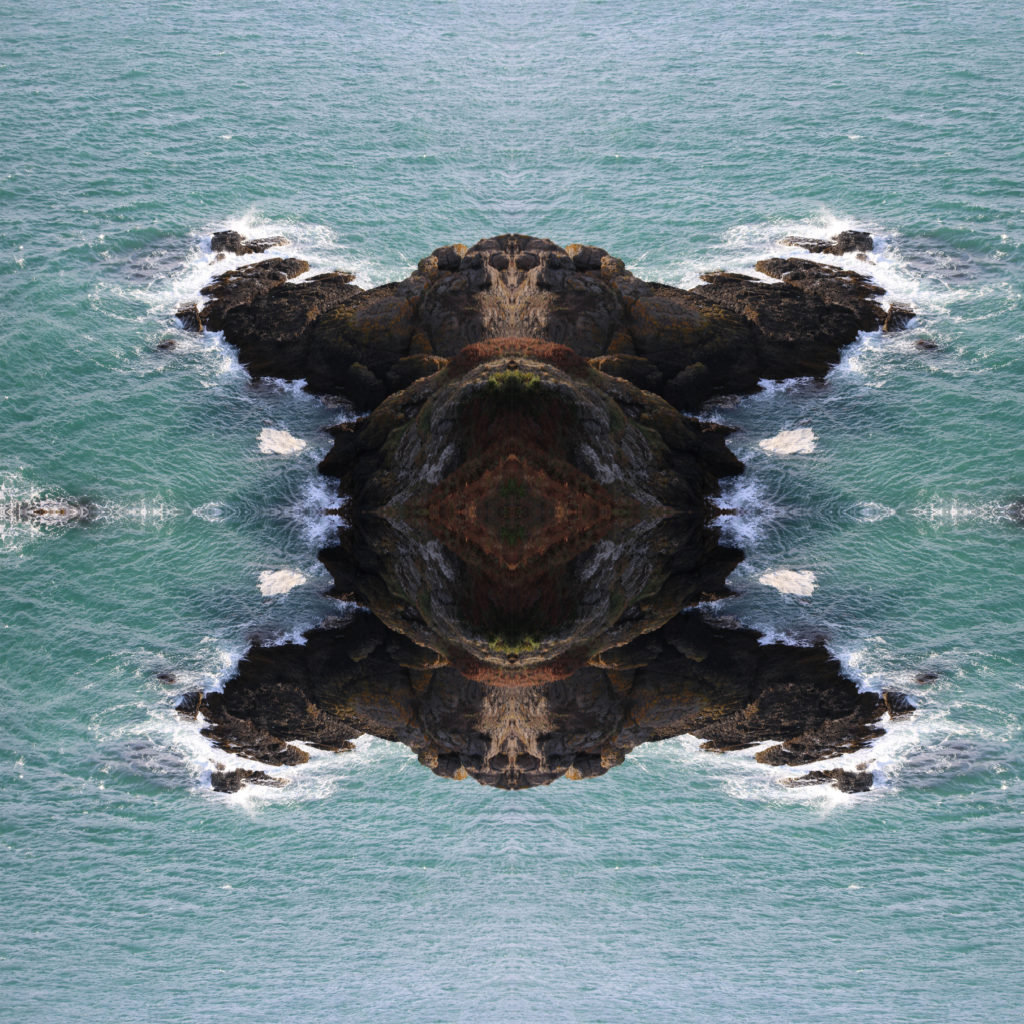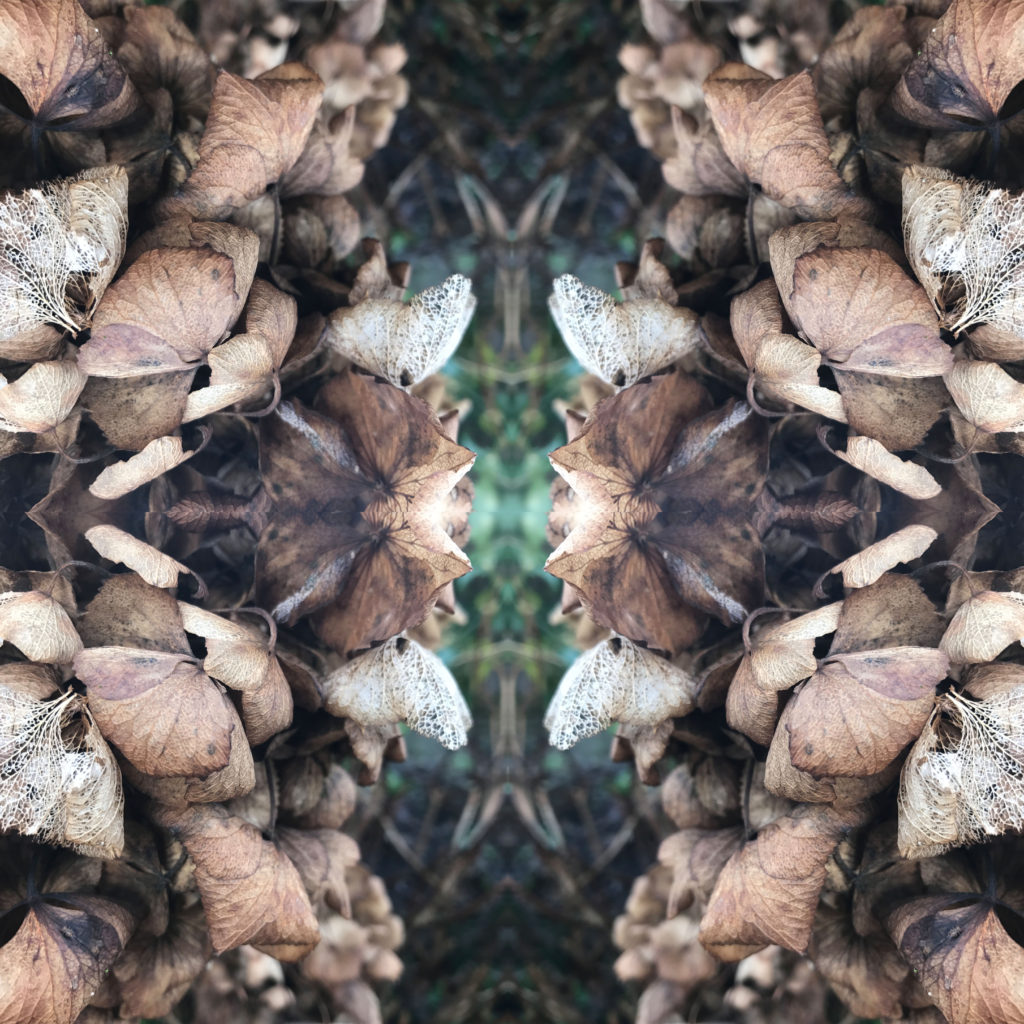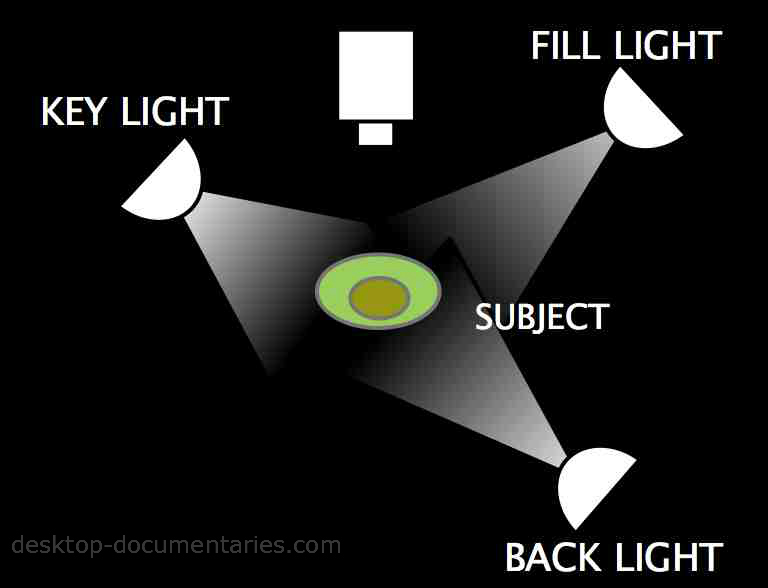ARNOLD NEWMAN
He was born on March 3rd, 1918 and died June 6th, 2006. He was an american photographer who was noted for his environmental portraits of artists and politicians. He studied painting and drawing at the University of Miami, but he was unable to continue after 2 years as he couldn’t afford it, so he moved to Philadelphia to work for a studio making portraits. In 1945 he opened his own business in Miami Beach but in 1946 he relocated his business in New York and also worked as a freelance photographer. Newman photographed places in essence of an individual’s life. He captured the subjects in their most familiar places to represent them and show their profession and personality. Newman said “the surroundings had to add to the composition and the understanding of the person. No matter who the subject was, it was going to be an interesting photograph.”
These 3 images are some of my favourites by Newman because they are simple but speak very loudly. As they are showing what the subject loves to do, you can get to know and understand what the people are like by having access to the hobbies/jobs to get an idea what sort of person they are. The images are very simple but it makes your eyes attract towards the main subject of the photo first to see their facial expressions and then you move onto the surroundings as your mind is trying to figure out why they look like that? why they are set in these surroundings? Such a simple image having many of questions and query makes it interesting for the viewer as they are constantly trying to figure out what the meaning of the image is.
EXPERIMENTING
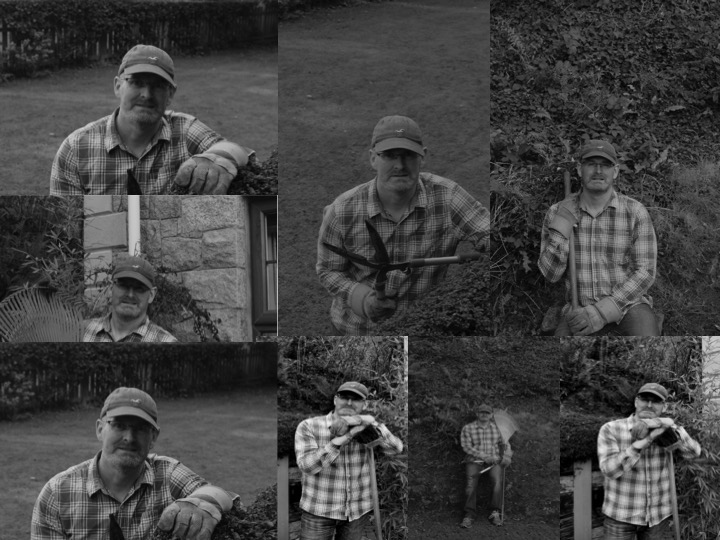
In this series of photos I have photographed the subject in his working environment. These photos are representing the type of work Newman produced, images showing different people’s personalities and passions. With the subject looking directly into the camera with a neutral face it allows the viewer to make a connection between them and the image, as the subject is looking directly at you in some sorts. As I was shooting outside I had to use a faster shutter speed so that less light would be let in and my photo wouldn’t become over exposed, I also used a manual setting so I could adjust what was in and out of focus. When editing these images I did very little as I didn’t want the editing to over power the reasoning behind these images, so I put them into black and white and this really helped show the facial expression on the subject and their passions, as the viewer had very little to engage with, which is good as they can focus in on the main subject and the meaning behind the images, but due to the simplicity of my images it doesn’t make them interesting to look at. Overall I feel this shoot was a learning experience, due to the simple images I have produced. Also the quality of my images aren’t great due to the poor focusing caused by me either moving the camera as I was taking the photo or the focus not being sharp enough.

